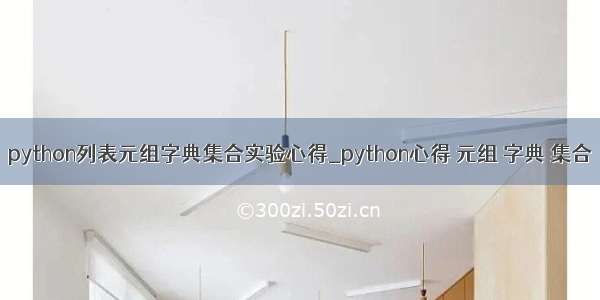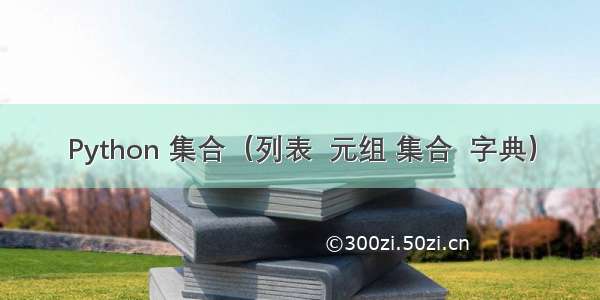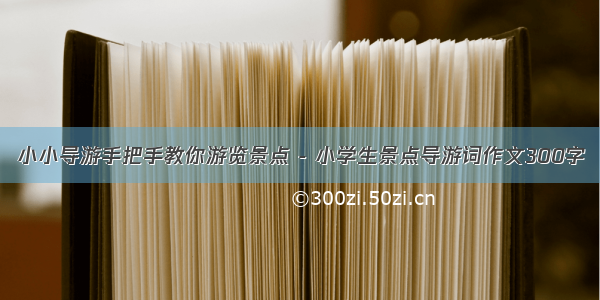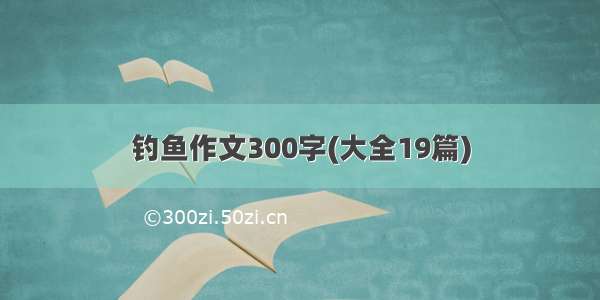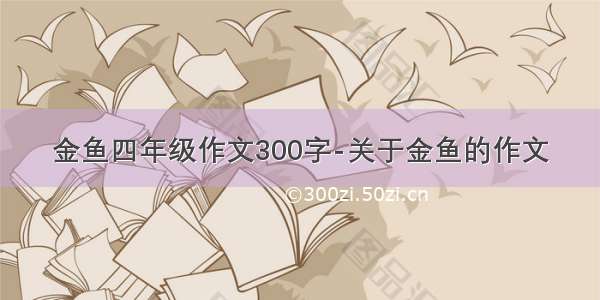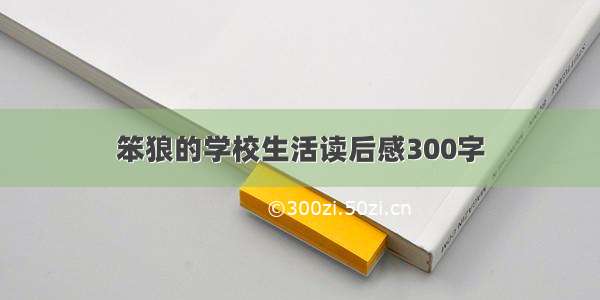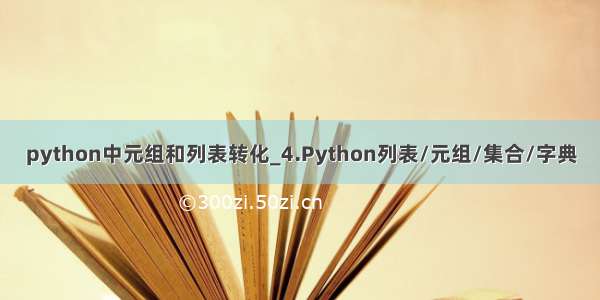
4.1 Python列表
• 列表用 [ ] 标识,是Python 最通用的复合数据类型。
• 列表用 [ ] 表示,列表具有可嵌套性
4.1.1 Python列表截取
• 列表可以使用 [头下标:尾下标] 截取相应的子列表, 从左到右索引默认 0 开始,从右到左索引默认-1开始
4.1.2 Python列表截取与更新
• 列表操作(索引)
4.1.3 Python更新列表
• 可以对列表的数据项进行修改或更新,也可以使用append()方法来添加列表项。
4.1.4 Python删除列表元素
• 可以使用 del 语句来删除列表的的元素。
4.1.5 Python列表操作符
4.1.6 Python列表函数
4.1.7 Python列表方法
4.1.8 Python列表切片
• 列表操作(切片slicing ,用索引截取某一段列表)
• 加号+是列表连接运算符,星号*是重复操作。例如:
4.2 Python元组
• 元组是一种复合数据类型,类似于List(列表),元组用()”标识,内部元素用逗号隔开。但是元组不能二次赋值,相当于只读列表。
• Tuples(元组、序列)
• Tuples操作
4.2.1 Python元组截取
4.2.2 Python元组不允许二次赋值
• Python元组不允许更新,而列表是允许更新的。以下对元组的操作是无效的。
4.2.3 元组内置函数
4.3 Python集合(Set)
• 集合(set)是由一个或数个形态各异的大小整体组成的
• 可以使用大括号 { } 或者 set() 函数创建集合,注意:创建一个空集合必须用 set() 而不是{ },因为 { } 是用来创建一个空字典。
• 创建集合格式:
• 或者
4.4 Python字典
• 字典是一种映射类型,字典用“{}”标识,它是一个无序的键(key) : 值(value)对的集合。键(key)必须使用不可变类型。在同一个字典中,键(key)必须是唯一的。
• 字典是无序的对象集合。
• Dictionaries (Key-Value型Map)
4.5 Python序列
• 序列(sequence),在Python中是一种具有相同特性的高级数据结构的统称
• 序列的通用操作:
① 通过索引来获取元素值
② 分片操作
③ 通过+合并元素
④ 通过*来复制元素
⑤ 支持成员运算符
⑥ 最大值、最小值和长度函数支持
4.6 Python数据类型转换
• 对数据内置的类型进行转换,只需要将数据类型作为函数名即可。
4.7 实验
In:
ls1 = ['a,',['b',['c','d']]]
In:
id(ls1)
out:
2078516844424
In:
ls1 = ['c','d']
In:
id(ls1)
out:
2078505627016
In:
ls1
out:
['a,', ['b', ['c', 'd']]]
In:
ls1[1][1][1]
out:
'd'
In:
a1 = 1
In:
id(a1)
out:
140727695483280
In:
a1 = 2
In:
id(a1)
out:
140727695483312
In:
ls1[0] = 'f'ls1
out:
['f', ['b', ['c', 'd']]]
In:
id(ls1)
out:
2078516829704
In:
ls1.append(['h','g'])
In:
id(ls1)
out:
2078516844424
In:
ls1
out:
['f', ['b', ['c', 'd']], ['h', 'g']]
In:
del ls1[0]ls1
out:
[['b', ['c', 'd']], ['h', 'g']]
In:
ls2 = ['q','e']ls1 + ls2
out:
[['b', ['c', 'd']], ['h', 'g'], 'q', 'e']
In:
'q' in ls2
out:
True
In:
for x in ls2:print(x, end=' ')
out:
q e
In:
list((1,2))
out:
[1, 2]
In:
ls1.extend(ls2)ls1
out:
[['b', ['c', 'd']], ['h', 'g'], 'q', 'e', 'q', 'e', 'q', 'e']
In:
ls1.insert(0,'z')
In:
ls1
out:
['z', ['b', ['c', 'd']], ['h', 'g'], 'q', 'e', 'q', 'e', 'q', 'e']
In:
ls1.pop()ls1
out:
['z', ['b', ['c', 'd']], ['h', 'g'], 'q', 'e', 'q', 'e']
In:
ls1.remove('z')
In:
ls1
out:
[['b', ['c', 'd']], ['h', 'g'], 'q', 'e', 'q', 'e']
In:
ls1.reverse()
In:
ls1
out:
['e', 'q', 'e', 'q', ['h', 'g'], ['b', ['c', 'd']]]
In:
ls2.sort()
In:
ls2.sort(reverse=True)
In:
# ls1.sort() #嵌套类型不能用
In:
ls2
out:
['q', 'e']
In:
ls2.append('e')ls2
out:
['q', 'e', 'e']
4.7.1 元组
In:
tu1 = ('a',1,['c','d'])
In:
tu1[0] = 'e'
out:
---------------------------------------------------------------------------TypeError Traceback (most recent call last)<ipython-input-38-75e55e2a1153> in <module>----> 1 tu1[0] = 'e'TypeError: 'tuple' object does not support item assignment
4.7.2 集合
不能重复set()无序In:
set([1,1,2])
out:
{1, 2}
In:
a = set([1,2,3])b = set([4,2,3])
In:
a - b
out:
{1}
In:
a & b
out:
{2, 3}
In:
a | b
out:
{1, 2, 3, 4}
In:
a ^ b
out:
{1, 4}
4.7.3 字典
In:
dic1 = {'a':1,'b':2,'c':3}
In:
dic1['c']
out:
3
In:
#新增dic1['d'] = 4dic1
out:
{'a': 1, 'b': 2, 'c': 3, 'd': 4}
In:
s1 = None# null, nan
In:
dic1['e']
out:
---------------------------------------------------------------------------KeyError Traceback (most recent call last)<ipython-input-61-898ad45657b2> in <module>----> 1 dic1['e']KeyError: 'e'
In:
dic1.get('e',None)
In:
dic1.keys()
out:
dict_keys(['a', 'b', 'c', 'd'])
In:
for key in dic1.keys():print(dic1[key])
out:
1234
In:
dic1.values()
out:
dict_values([1, 2, 3, 4])
In:
dic1.items()
out:
dict_items([('a', 1), ('b', 2), ('c', 3), ('d', 4)])
In:
for key,val in dic1.items():print(key + "|" +str(val))
out:
a|1b|2c|3d|4
In:
lis1= ['a',1,['c','d']]
In:
a1,a2,a3 = lis1
In:
print(a1,a2,a3)
out:
a 1 ['c', 'd']
无序字典
In:
dic3 = {'a':1,'b':2}dic4 = {'b':2,'a':1}dic3 == dic4
out:
True
有序字典
In:
from collections import OrderedDictdic11 = OrderedDict()dic11['a'] = 1; dic11['b'] =2
In:
dic12 = OrderedDict()dic12['b'] = 2; dic12['a'] =1dic11 == dic12
out:
False
In:
print(dic11)
out:
OrderedDict([('a', 1), ('b', 2), ('c', 0), (1, 3)])
In:
dic11.
实验
在一个字典中保存了股票的代码和价格,找出股价大于100元的股票并创建一个新的字典。
说明:可以用字典的生成式语法来创建这个新字典。
In:
stocks = {'AAPL': 191.88,'GOOG': 1186.96,'IBM': 149.24,'ORCL': 48.44,'ACN': 166.89,'FB': 208.09,'SYMC': 21.29}
In:
tar_dic = {}for key,val in stocks.items():if val > 100:tar_dic[key] = val
In:
tar_dic
out:
{'AAPL': 191.88, 'GOOG': 1186.96, 'IBM': 149.24, 'ACN': 166.89, 'FB': 208.09}
In:
tar_dic2 = {key:val for key,val in stocks.items() if val > 100}
In:
tar_dic2
out:
{'AAPL': 191.88, 'GOOG': 1186.96, 'IBM': 149.24, 'ACN': 166.89, 'FB': 208.09}

